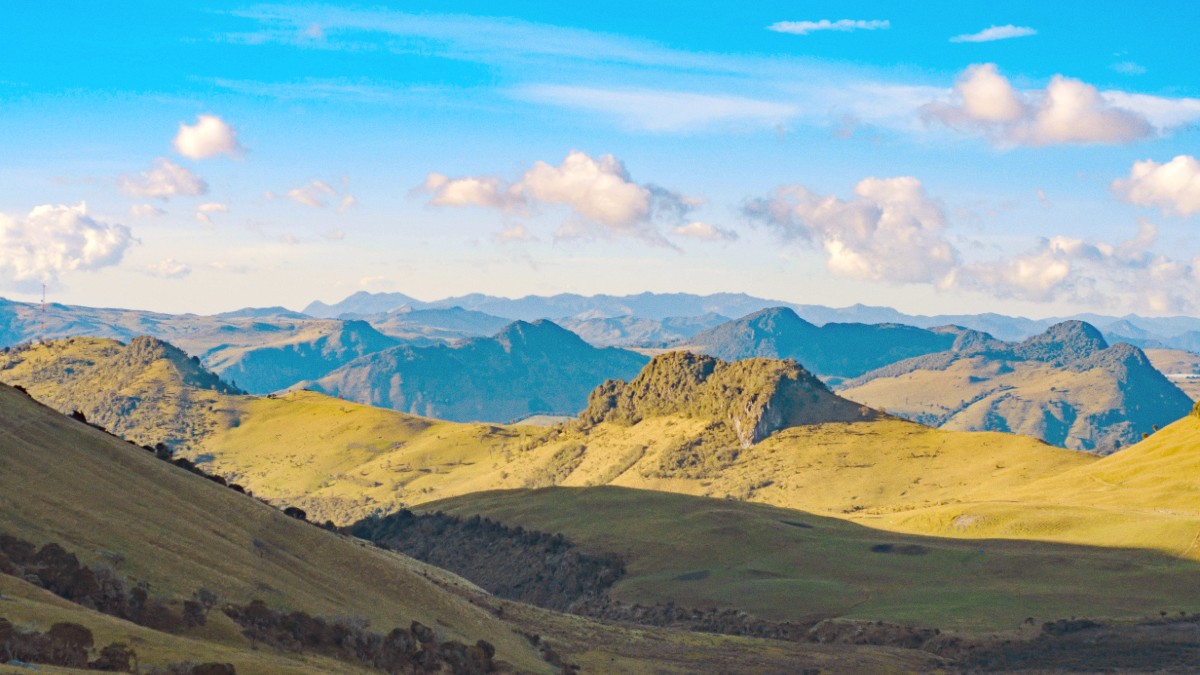
Colombia
Manizales stands in an unique position, literally and figuratively. It is a testament to human determination, rebuilt multiple times after devastating fires and earthquakes. This history forged a spirit of perseverance reflected in its people and its architecture. The city's elevation maintains a pleasant, spring-like climate year-round, a welcome respite from hotter lowland areas. Here, you connect with the genuine pace of Colombian life, away from the more heavily touristed routes. The city presents a true taste of Paisa culture, known for its friendly residents, generous portions of food, and a deep sense of regional pride.
Manizales functions as a natural hub for the northern part of the Coffee Axis. Its location grants easy access to other major cities in the region, like Pereira and Armenia, and charming coffee towns like Salento and Filandia.
The steep inclines signify many buildings have multiple levels opening onto different streets, and the cable car system presents a modern solution to traversing the challenging terrain.
Manizales is a history marked by both hardship and remarkable resilience. Antioquian settlers founded the city in 1849 as a strategic outpost during Colombia's colonization period, connecting the departments of Antioquia and Cauca. The city quickly became an important economic and cultural center of the Coffee Axis.
Despite its prosperity, Manizales persisted immense challenges. Three major fires, in 1917, 1922, and 1925, destroyed large portions of the city. These fires, combined with frequent seismic activity due to its location in an active geological zone, forced the inhabitants to rebuild repeatedly. This repeated reconstruction resulted in an unique architectural blend, including the imposing Neo-Gothic Manizales Cathedral Basilica, a symbol of the city's ability to rise from the ashes.
City became a hub for coffee production.
location for coffee trade.
A center for coffee research.
Hosts coffee tourism today.
Secures its place in Colombia's coffee identity.
The city's history stands deeply intertwined with the development of the Colombian coffee industry. Manizales became a hub for coffee production, trade, and research. This legacy remains today, with the city functioning as a hub for coffee tourism, education, and innovation, securing its place as a cornerstone of Colombia's coffee identity.
Imposing Neo-Gothic symbol of resilience.
Unique blend from repeated reconstruction.
The community's determination in the face of adversity earned Manizales the nickname "Phoenix of the Andes." The monuments and cultural institutions throughout Manizales tell the story of this rich past, inviting visitors to understand the forces that shaped this special place.
Manizales presents a concise picture of Colombian mountain life. Its climate, often called "eternal spring," has average daily temperatures between 18°C and 22°C (64°F to 72°F) throughout the year. While two rainy seasons occur (April-May and October-November), rainfall can happen any day. This renders layering clothing a smart choice for visitors. The city's approximately 400,000 residents stand known for their friendliness and hospitality, embodying the Paisa spirit.
The local economy focuses on coffee. Manizales functions as a major hub for coffee production, processing, and export. Culturally, the city stages significant events, including the famous Feria de Manizales in January, a major festival with bullfights, parades, and cultural performances. The International Theater Festival in September also draws artists and audiences.
Average 18°C-22°C (64°F-72°F) year-round.
Friendly residents (approx. 400,000).
Home to Feria de Manizales & International Theater Festival.
The city's modern Cable Aéreo system presents an efficient way to travel with unique perspectives of the urban landscape.
Verdant coffee plantations define the landscape around Manizales.